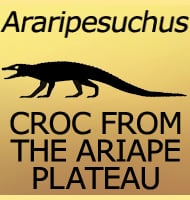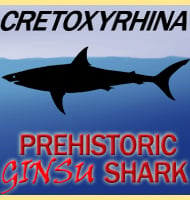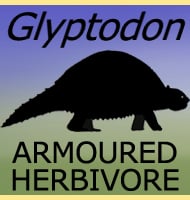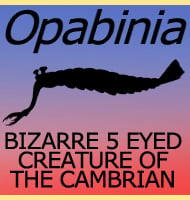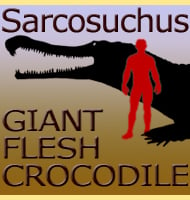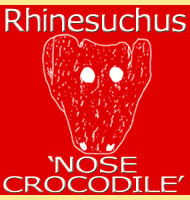In Depth
Palaeobatrachus was an ancient frog that has often been related as being similar to the African clawed toad genus Xenopus. Palaeobatrachus is thought to have been a primarily aquatic frog which means that it rarely left the water. Like with other frogs, Palaeobatrachus were probably predators of invertebrates as well as possibly vertebrates too. In turn Palaeobatrachus were likely prey for any predator that frequented water systems of the time.
Palaeobatrachus fossils are known from the late Cretaceous of the United States and Canada, while most of the European fossils from locations in France and Germany are early Miocene in age. The prospect of a new species, P. hiri from Romania however might push the temporal range of Palaeobatrachus all the way to the Serravallian stage of the Miocene. Ultimately however, Palaeobatrachus seem to have succumbed to the effects of climate change as the tropical forests of Europe and North America were replaced by cooler open grasslands during the Miocene.
Relatives of Palaeobatrachus include Albionbatrachus and Pliobatrachus.
Further Reading
- New discoglossid and palaeobatrachid frogs from the Late Cretaceous of Wyoming and Montana, and a review of other frogs from the Lance and Hell Creek Formations, R , Estes & B. Sanchiz - 1982. - Palaeobatrachid Frogs from the Earliest Miocene (Agenian) of France, with Description of a New Species, S. Hossini & J. -C. Rage - 2000. – Palaeobatrachus eurydices, sp. nov. (Amphibia, Anura), the last western European palaeobatrachid. – Journal of Vertebrate Paleontology. 36 (6). – Andrea Villa, Zbyněk Roček, Emanuel Tschopp, Lars W. Van Den Hoek Ostende & Massimo Delfino – 2016.

